
Andrew Hoyle/CNET
Apple’s brand-new iPhone 6S and 6S Plus are finally upon us, and one of the main areas that’s been given a boost is the camera. On both models, the camera’s resolution has been upped from 8 to 12 megapixels. The iPhone 6 was already one of the best phone cameras around, and it’s capable of taking some truly stunning photos. That Apple had taken something already superb and made it even better was an intensely intriguing prospect.
As a photographer, I was very excited to take the new 6S Plus for a spin around an unusually sunny Ealing, West London to see how the new camera compares to the older iPhone 6, as well as its main rival, the Samsung Galaxy S6 — another phone that we at CNET found to be a superb photographer’s companion.
Check out the impressive outdoor photos from the iPhone 6S Plus’s camera (pictures)






A quick note on resolution: All phones were shooting on full automatic mode, and at maximum resolution. For the iPhone 6, that’s 8 megapixels, with 12 megapixels available on the 6S Plus. The Galaxy S6 offers 16 megapixels, although at max resolution, it takes its shots in a wider 16:9 aspect ratio, rather than 4:3 on the iPhones. In actual fact, the vertical number of pixels isn’t all that different (2,998 pixels on the S6; 3,024 pixels on the iPhone 6S Plus). The extra resolution of the S6 comes largely from its extra width — 5,312 pixels versus 4,032 on the iPhone 6S Plus.

 Enlarge Image
Enlarge ImageAndrew Hoyle/CNET
On this first shot of this church, the 6S Plus has captured a brilliant overall image, with a rich blue sky and great contrast on the building itself.

 Enlarge Image
Enlarge ImageAndrew Hoyle/CNET
The iPhone 6 has achieved a similarly well-exposed shot. The lower resolution of the sensor is noticeable however, when you zoom into the finer details in the brickwork.

 Enlarge Image
Enlarge ImageAndrew Hoyle/CNET
The Galaxy S6’s attempt is less impressive here. Although it’s also captured a good exposure, its white balance hasn’t worked well, resulting in a yellow colour cast on the image.
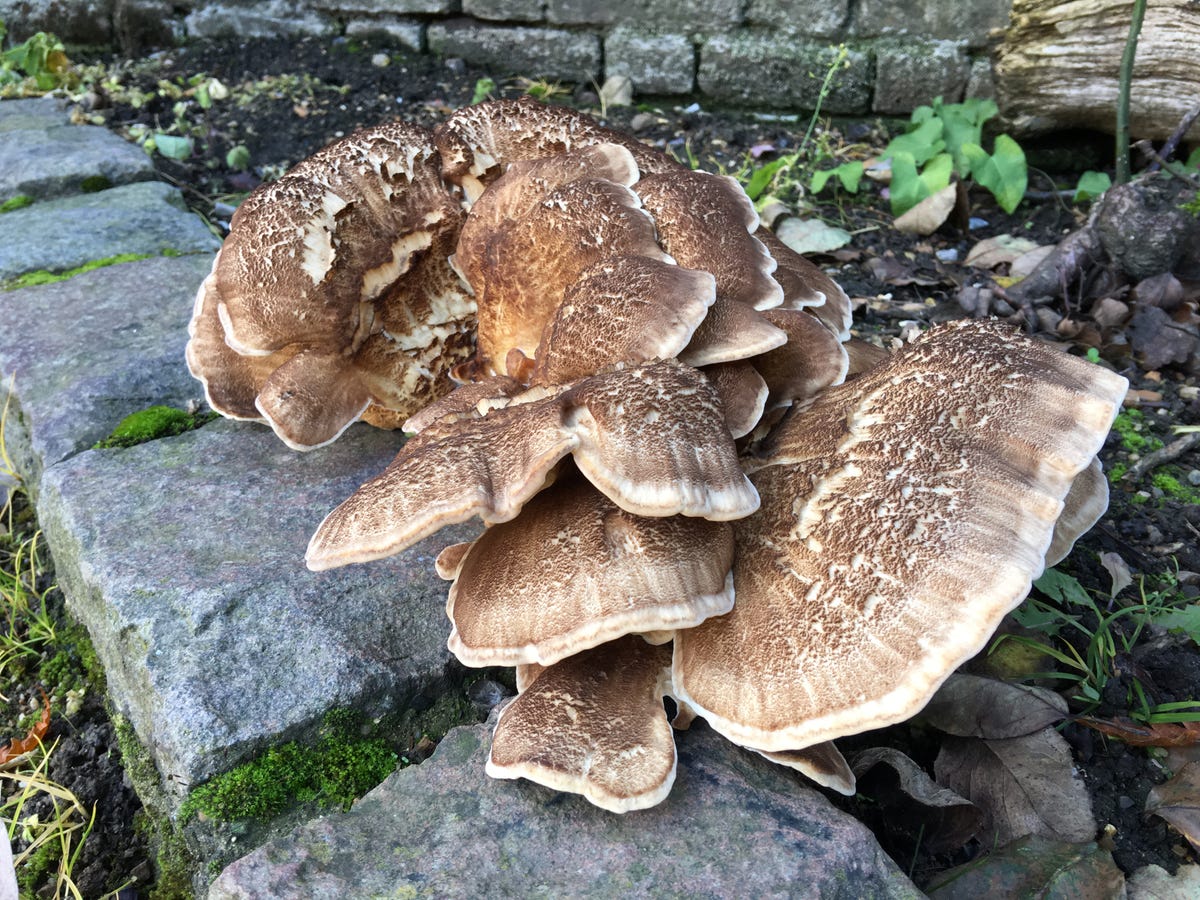
 Enlarge Image
Enlarge ImageAndrew Hoyle/CNET

 Enlarge Image
Enlarge ImageAndrew Hoyle/CNET
Both the iPhone 6S Plus (top) and the iPhone 6 (bottom) took bright and sharp shots of this fungus, with natural colour tones. Surprisingly, there’s not a noticeable amount of difference in clarity when viewing at full screen.
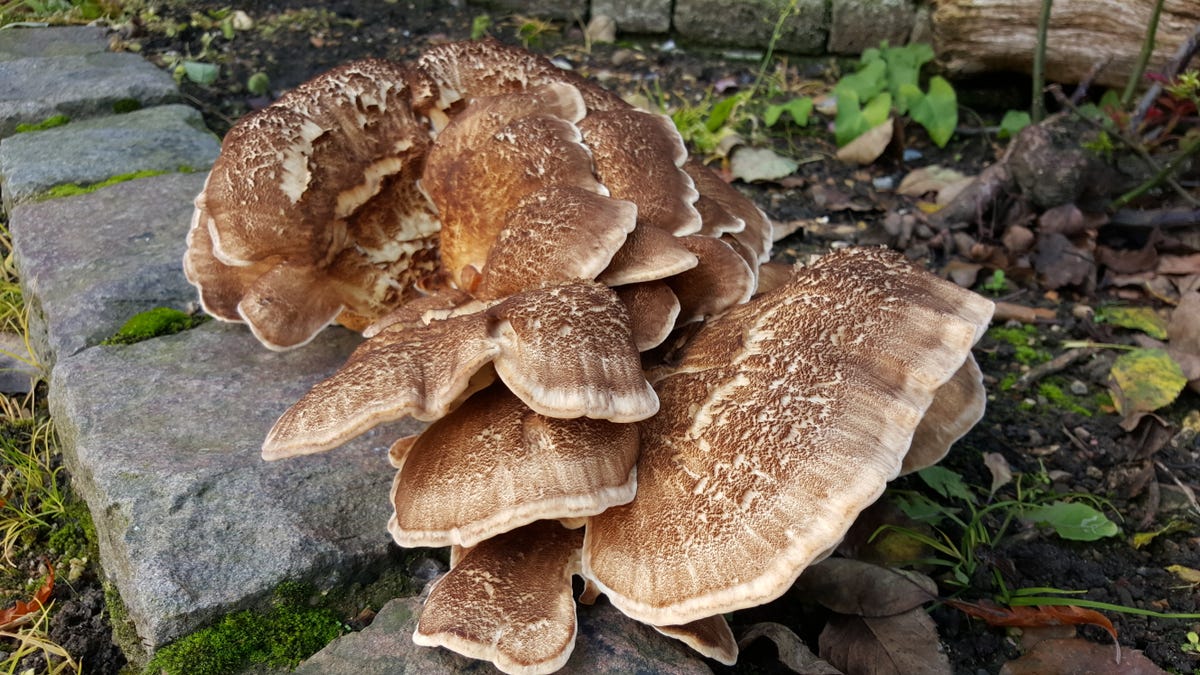
 Enlarge Image
Enlarge ImageAndrew Hoyle/CNET
The Galaxy S6 has erred for a warmer tone overall, which although wasn’t present in the scene when I took the shot, does suit the overall look well — it’s as though the camera tried to stylise the shot itself to suit the autumnal scene. There’s a touch more clarity as well at full screen, thanks to its 16-megapixel image sensor, although all three shots are packed with detail.

 Enlarge Image
Enlarge ImageAndrew Hoyle/CNET
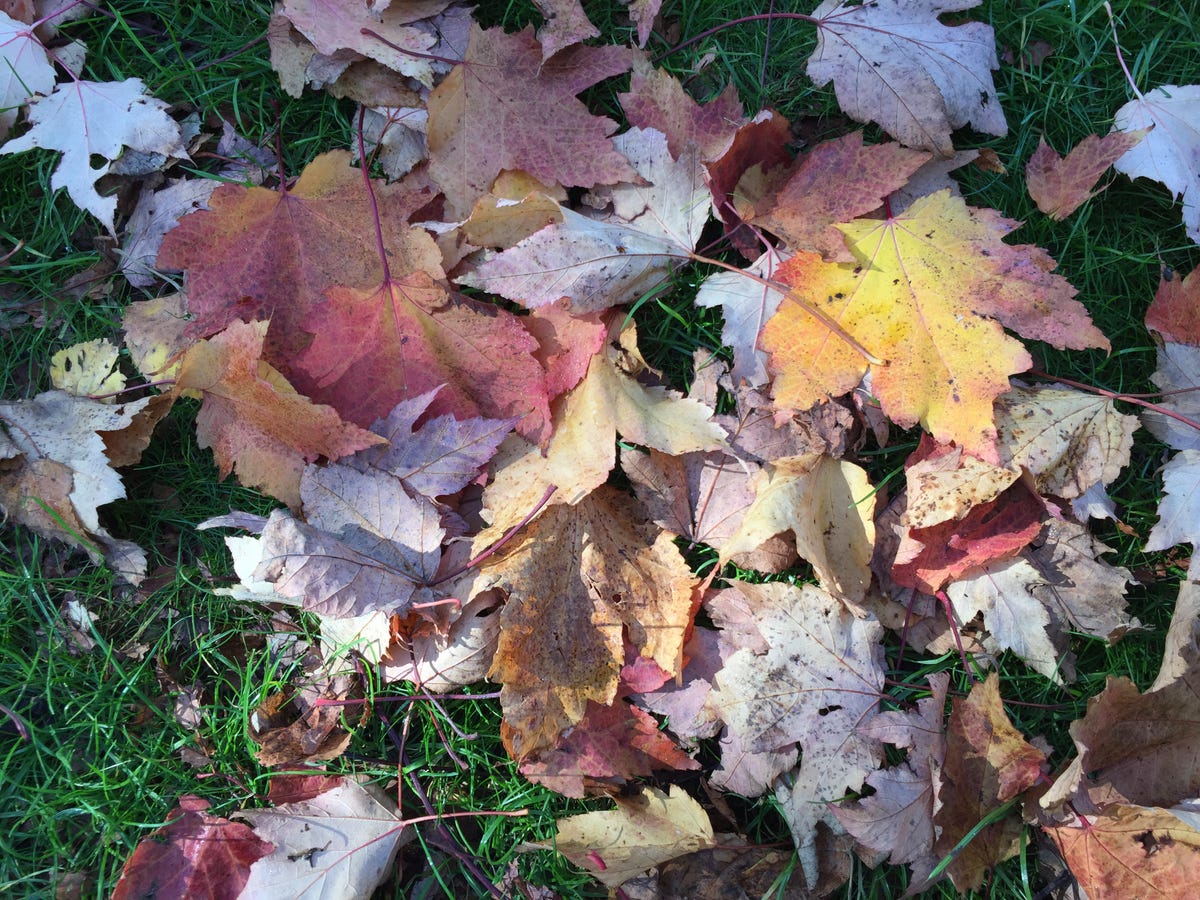
 Enlarge Image
Enlarge ImageAndrew Hoyle/CNET
There’s a noticeable increase in clarity from the 6S Plus in the fine details on some of the leaves in this shot. Both phones, however, have taken shots with quite cold colours.
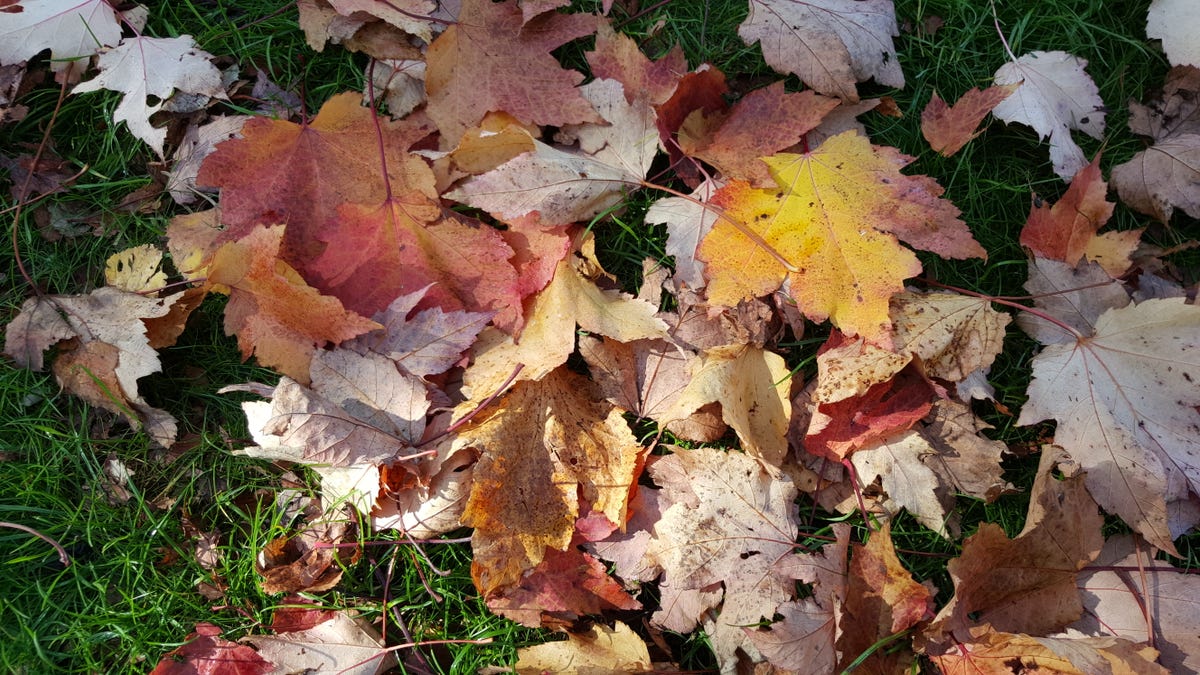
 Enlarge Image
Enlarge ImageAndrew Hoyle/CNET
As with the fungus picture, the Galaxy S6 has automatically used a warmer white balance which suits this shot nicely. The higher resolution sensor provides extra detail to some of the leaves in the centre, although there’s a noticeable degradation in detail toward the edges of the image.

 Enlarge Image
Enlarge ImageAndrew Hoyle/CNET
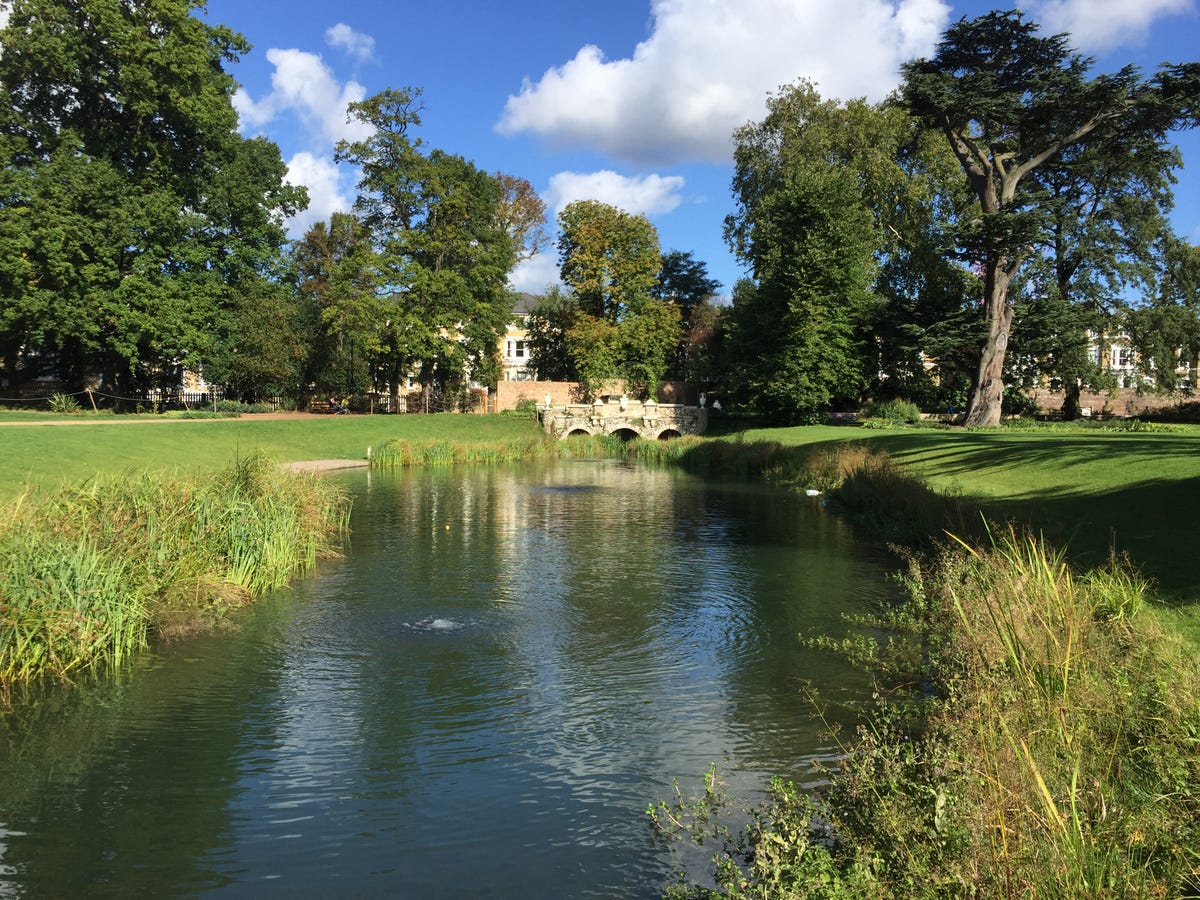
 Enlarge Image
Enlarge ImageAndrew Hoyle/CNET

 Enlarge Image
Enlarge ImageAndrew Hoyle/CNET
All three phones have exposed for this scene very well, keeping the skies under control while maintaining brightness in the shadowy areas. The Galaxy S6 has again tripped up with its white balance, which has resulted in a yellowish cast, while the iPhones achieved natural, rich blue skies. The S6 Plus does have a slight edge with quality, however it’s not a huge difference and not one you’re likely to notice unless you zoom right into the details.

 Enlarge Image
Enlarge ImageAndrew Hoyle/CNET

 Enlarge Image
Enlarge ImageAndrew Hoyle/CNET

 Enlarge Image
Enlarge ImageAndrew Hoyle/CNET
This shot of a conker in the grass has been captured well by all three handsets, with warm colours and great exposure seen on all the shots. The ever-so-slight yellowishness added by the Galaxy S6 has meant its shot doesn’t quite surpass that of the iPhone 6S Plus — which also has better-looking contrast across the scene. Detail at full screen between the Galaxy S6 and iPhone 6S Plus is very similar, with the iPhone 6 falling behind here.

 Enlarge Image
Enlarge ImageAndrew Hoyle/CNET

 Enlarge Image
Enlarge ImageAndrew Hoyle/CNET
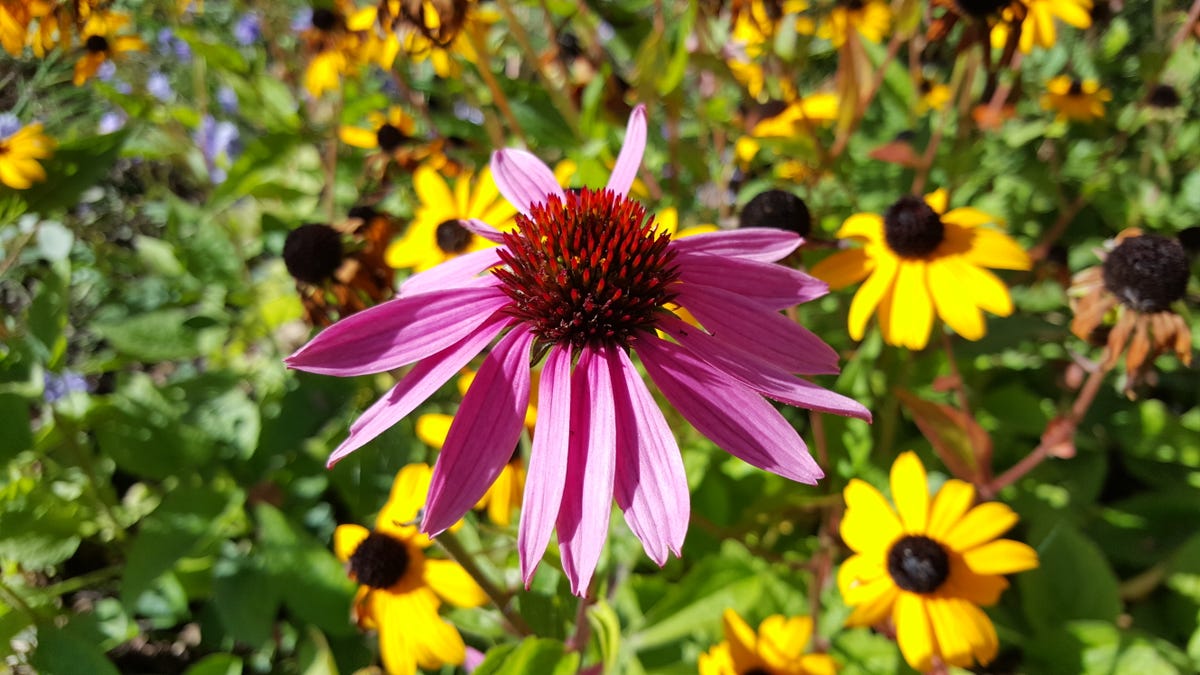
 Enlarge Image
Enlarge ImageAndrew Hoyle/CNET
The shots from the two iPhones look very similar, with both being a touch darker than that of the Galaxy S6. The colours are more rich, too, and as expected, there’s more fine detail in the image from the higher-resolution iPhone 6S Plus. The shot from the Galaxy S6 is brighter, but I’m less keen on the very bright highlights on the petals.
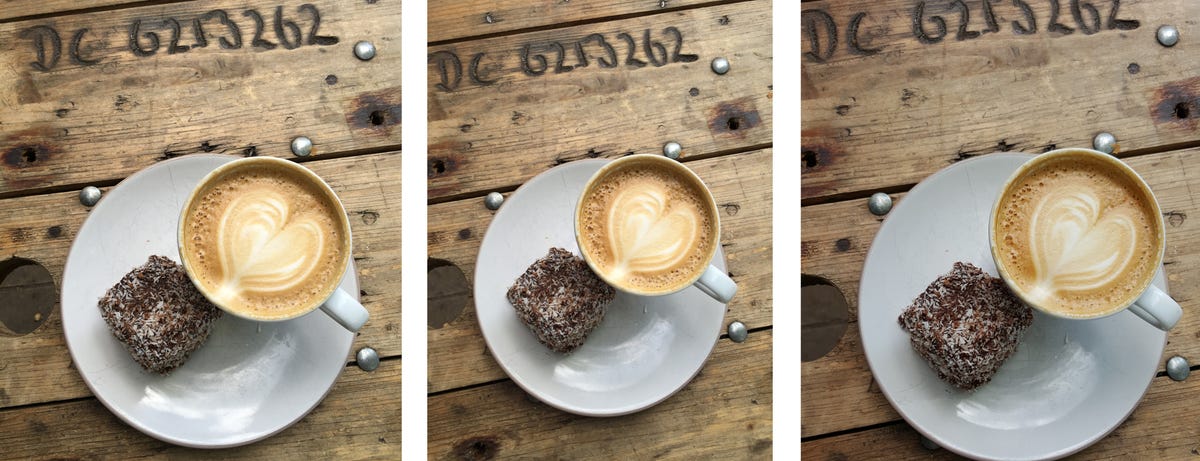
 Enlarge Image
Enlarge ImageAndrew Hoyle/CNET
There’s little difference in clarity to note between the Galaxy S6 and iPhone 6S Plus in this coffee scene, with both phones easily beating the lower-resolution iPhone 6. Colours are comparable too, but the slight boost in contrast from the iPhone 6S Plus makes the wood grain in the table and the foam on the latte stand out a little more, resulting in a more pleasing shot overall.
Outdoor photos: First impressions
The iPhone 6 was one of our favourite camera phones, thanks to its ability to easily capture beautifully exposed scenes with great, natural colours. In the realm of daytime outdoor photos, at least, the iPhone 6S Plus doesn’t just match its already superb predecessor, but exceeds it. It adds an extra serving of clarity for shots that feature lots of fine detail, with punchier contrast to boot. Sure, it’s not going to replace my professional dSLR, but its ability to quickly and consistently capture a rich, natural scene without needing to fiddle with settings will make it a very welcome companion on trips when I don’t want to carry around a bulky camera.
The Galaxy S6 put in a very strong fight in this test too, with its higher resolution sensor providing slightly more clarity than even the 6S Plus is able to achieve. However, in this first round of testing, I was less keen on its auto white balance in several of the shots, which resulted in unnatural-looking colour casts that weren’t present on the iPhones. That said, all three phones possess extremely potent cameras. Whichever one you choose, you’ll certainly be able to get some great snaps for your Instagram account.
It’s early days in our testing of the phone and we’re busily delving deep into all its new features, including the camera’s ability to shoot 4K video, the improved 5-megapixel front-facing camera and the new Live Photos feature. We’ll also be expanding this shootout with more varied photographic challenges, including shooting in low light.
Make sure to keep your eyes on CNET over the coming week to find out everything you need to know about the new phones.



